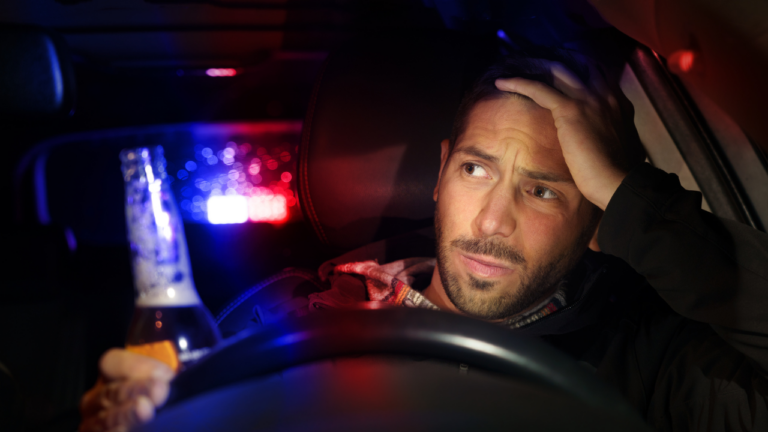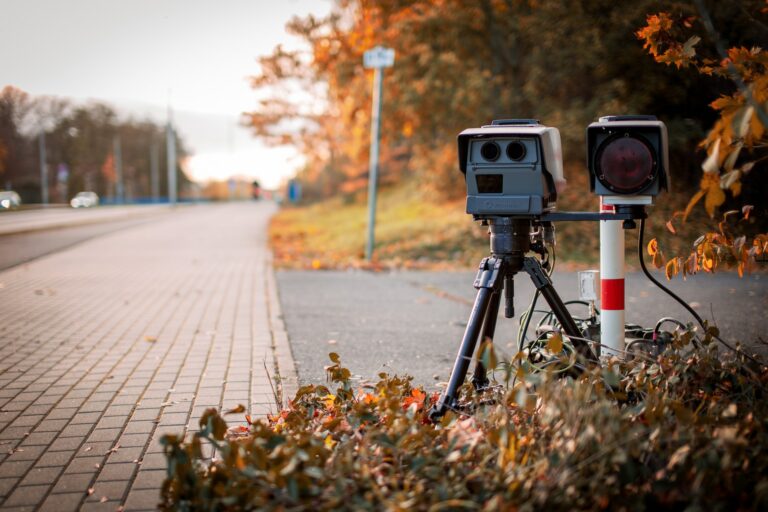Did you know that there are 2 types of speed restriction laws?
Everyone knows that when you see a speed limit sign, you\’re supposed to keep your car traveling below that speed level. However, this is not the only type of speed restriction law that you\’re in danger of violating. In fact, you could get in trouble for a speeding violation even if you\’re not driving above the posted speed limit.
First, we have the normal laws that everybody is familiar with. For example, the speed limit on the highway throughout the state might be 65 mph. In a residential area, it might be 25 mph. These signs will be visible along the side of the road, and motorists are expected to adhere to them.
Second, we have laws that require you to drive a reasonable speed given the circumstances around you. For example, if the speed limit is 65 mph on the highway, but it\’s raining in a terrible storm, you could be speeding if you drive this fast because a 65 mph speed is dangerous given the circumstances — and you could find yourself cited with a ticket.
In the state of California, we also have what are called \”presumed\” speeding laws. In other words, similar to the second type of speeding law referenced above, you might be able to adjust your speed above the posted speed limit if the traffic and weather conditions permit. Therefore, if you\’re driving 45 mph in a 40 mph area, you might be able to persuade a judge to agree that you were safely driving given the conditions.
Drivers don\’t have to take a speeding ticket on the chin. If you were accused of speeding, you might be able to defend yourself against the allegations with a strategic and well-planned traffic ticket defense.




